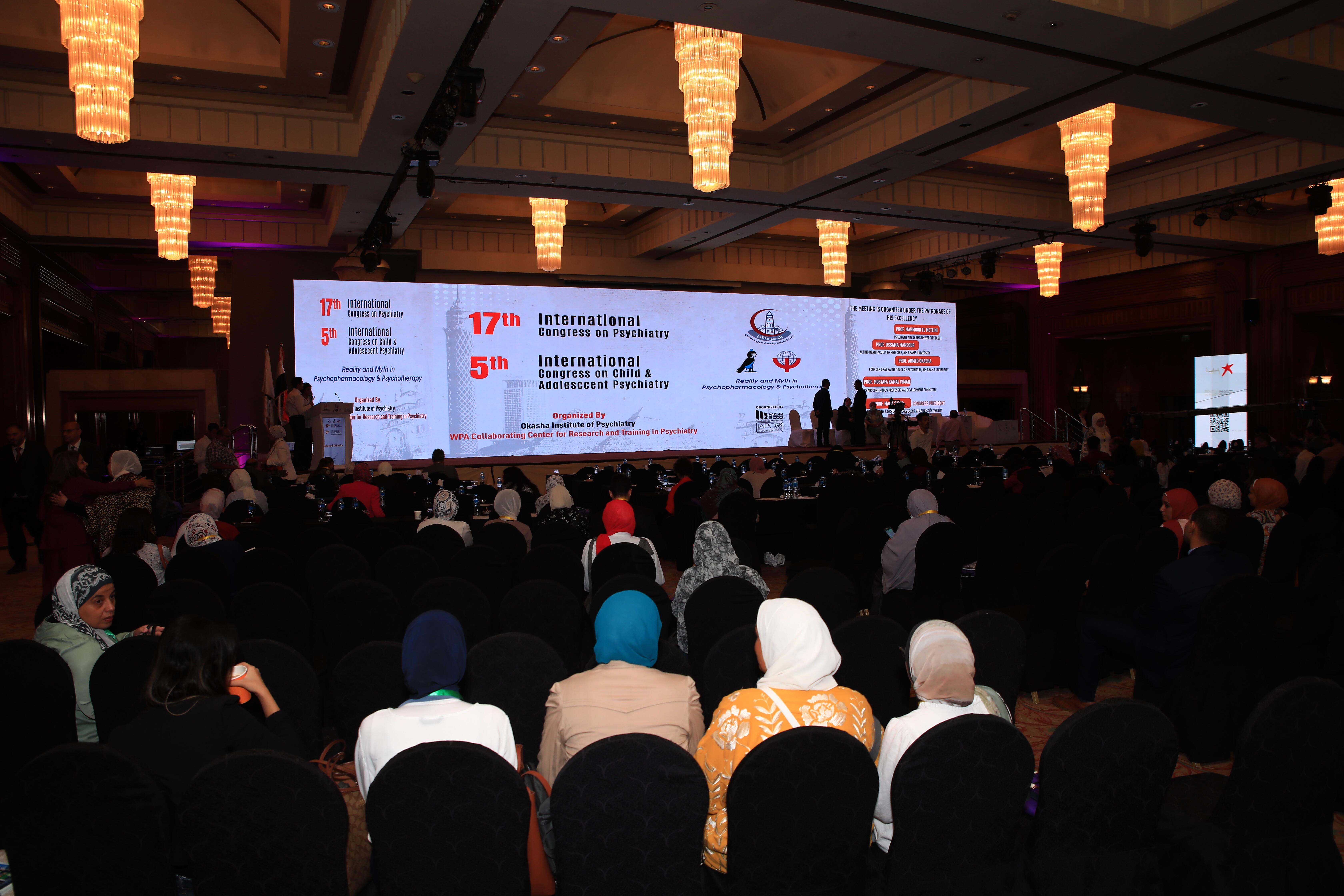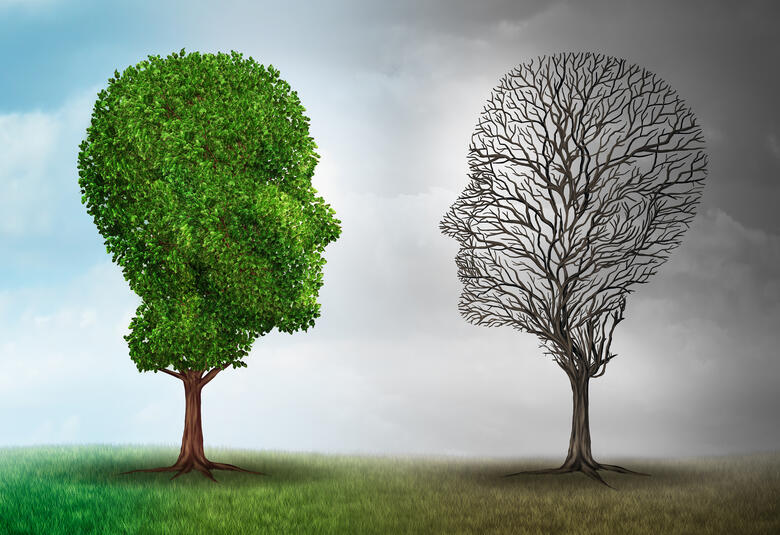Divorce rate in Egypt has seen a profound increase of 83% between 1996 and 2017. From a rate of 1.2 per 1000 marriages between 1996 and 1999, divorce rate raised to a rate of 2.2 per 1000 marriages in 2015. In 2017, divorce rates in rural and urban areas of Egypt ranged from 39.3% to 60.7%.1 As a result, and in addition to the continuously changing social and demographic dynamics, the structure of families in Egypt has changed. Now, children are more prone to experience divorce, have a single-parent, or be part of a stepfamily. Although divorce might be looked at negatively, some people view it as a positive change – such as in conflict-ridden marriages and those in which children are subjected to violence.2
Broken families: Parenting & family dynamics – Prof. Hanan Azzam, Ain Shams University
Children and adolescents are vulnerable beings by nature; this vulnerability increases even further in dysfunctional families (be it due to divorce, deportation, or conflict). The American Psychological Association (APA) defines a dysfunctional family as a family in which relationships or communication are impaired and members are unable to attain closeness and self-expression.3 The 5 emotional needs of an individual (secure attachment to others, freedom to express valid needs and feelings, autonomy, competence and a sense of identity, spontaneity and play, and realistic limits and self-control) are not usually provided by dysfunctional parents.4
Among studies that dug deeply into the effect of divorce on children, the one common factor found to negatively affect children was high conflict and dysfunctionality rather than divorce itself. These studies found that children brought up in conflict-ridden families have higher rates of anxiety and depression, impaired peer relationships, and lower self-confidence; that even persists in adulthood. Not only is the effect of broken families psychological, their extending influence to health risk behavior and disease in adulthood is well-known. Conducted more than 20 years ago, the Adverse Childhood Experiences (ACE) Study found a strong relationship between the breadth of exposure to abuse or household dysfunction during childhood and multiple risk factors for multiple causes of death in adults.5
The hope for functional children lies in tipping the balance by strengthening their resilience to life situations.
The upside of adversity: Building resilience in children and adolescents – Prof. Mona Elsheikh, Ain Shams University
According to the APA, resilience is “the process and outcome of successfully adapting to difficult or challenging life experiences, especially through mental, emotional, and behavioral flexibility and adjustment to external and internal demands”.6 By default, situations affect children differently; some children are naturally more vulnerable and less resilient than others. Nevertheless, resilience can be cultivated and practiced by nurturing individually held beliefs. Additionally, external factors such as social and emotional support (through family, school, and community) can help a person become more resilient.
Healing of broken families: Divorce as a case – Prof. Marwa El Missiry, Ain Shams University
The effect of divorce on children differs according to their age. Understanding children’s needs through a divorce is crucial to provide them with the help they need from their parents. At the beginning of the process, the truth must be told and any changes should be addressed without pointing fingers. Parents must present themselves as a united front despite the underlying conflict, and stability must be ensured to children throughout the transitional period of divorce.




